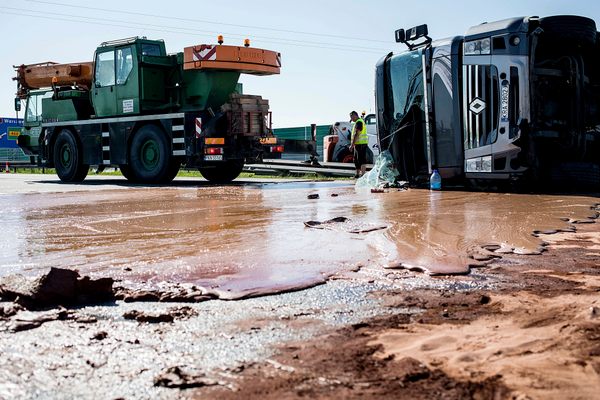Siberia Has Installed Its First ‘Exploding Pingo Detector’
The sensor will warn scientists about methane-filled hills on the tundra.
7,000 Underground Methane Bubbles in Siberia Could Burst Anytime https://t.co/8Q6f5VEiuT pic.twitter.com/cyLRsnm61P
— EngLancer (@Eng_Lancer) March 27, 2017
Don’t be fooled by its cute name—pingos can do some serious damage. Common in Arctic permafrost, a pingo looks, from the outside, like a small hill. Underneath, though, it’s full of ice, water, and, increasingly, methane gas, which bubbles up from underground vents. As the Arctic warms, more and more of this gas is released. Under specific conditions, it can even explode, forming a massive crater.
Earlier this spring, researchers in Siberia found themselves faced with a delicate situation: a whole peninsula full of pingos. As the Siberian Times reported, the scientists used satellite imagery and field expeditions to pinpoint around 7,000 of them, some near populated areas. “We need to know which bumps are dangerous and which are not,” head researcher Alexey Titovsky said at the time.
In order to begin keeping an eye on them, the scientists have just installed the first in a series of pingo sensors. This one is located near Sabetta in Yamalo-Nenets, which is home to a large port.

The sensor was installed deep in the permafrost and will keep track of oscillations, a local spokesman told the Siberian Times. If the land starts moving, that information will be transmitted to a national geology lab, and they’ll decide on next steps—which hopefully will involve not being swallowed up by the earth.
Every day, we track down a fleeting wonder—something amazing that’s only happening right now. Have a tip for us? Tell us about it! Send your temporary miracles to cara@atlasobscura.com.







Follow us on Twitter to get the latest on the world's hidden wonders.
Like us on Facebook to get the latest on the world's hidden wonders.
Follow us on Twitter Like us on Facebook